Sundance Film Festival has long been celebrated as the pinnacle of independent filmmaking. It’s where low-budget, visionary filmmakers are supposed to find their break, offering raw storytelling that major studios wouldn’t dare touch. However, our recent investigation reveals that the reality is far from this romanticized ideal. Read below about the irony of “independent filmmaking” at Sundance.
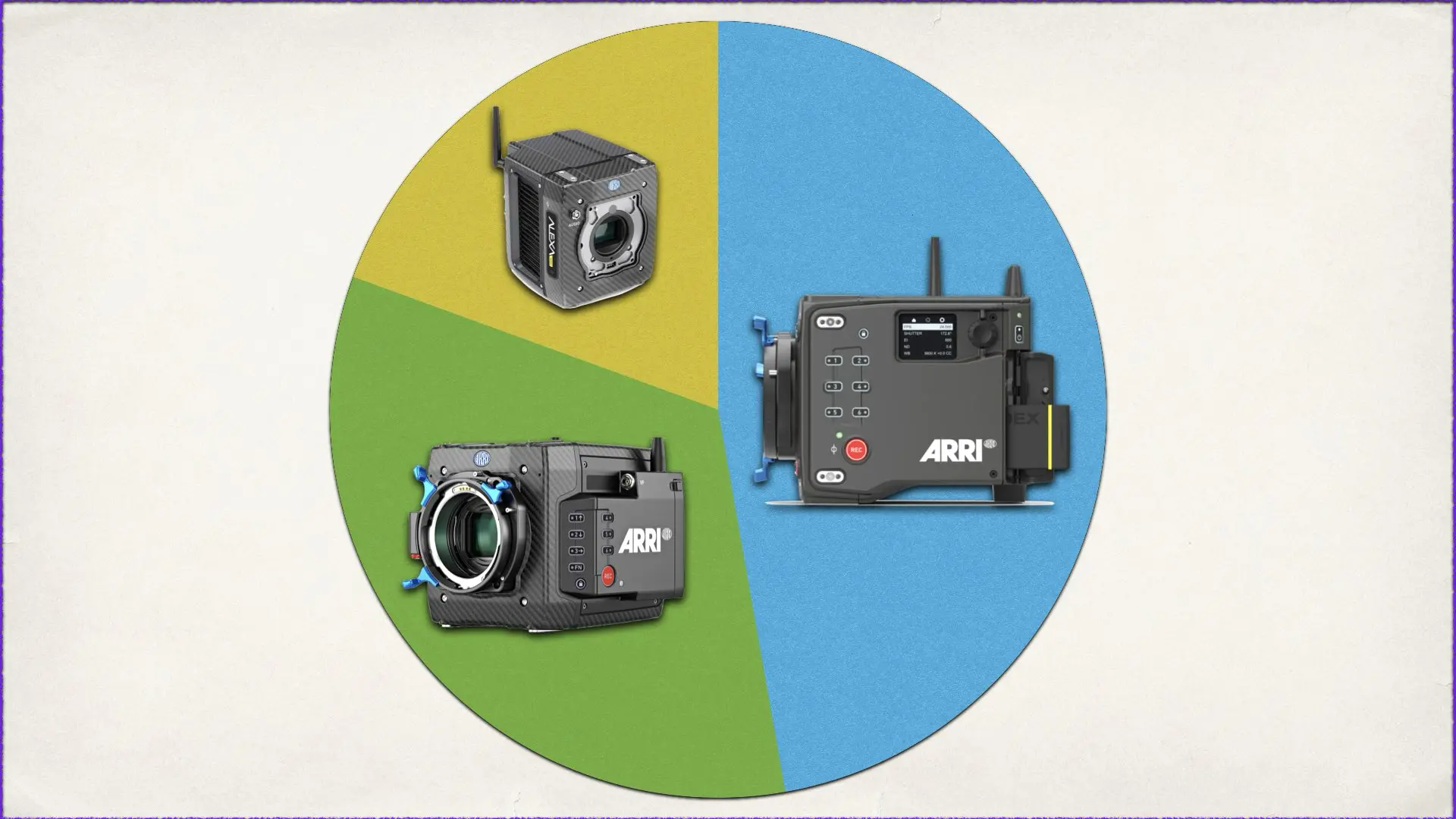
The Irony of “Independent” Filmmaking at Sundance
If you want your film to be taken seriously at Sundance in 2025, it appears you must shoot on an ARRI ALEXA 35—a camera that costs $80,000. How exactly does this fit into the narrative of “independent” filmmaking? If true independence means working with minimal resources and making the most of what you have, then Sundance seems to have turned its back on its original mission.
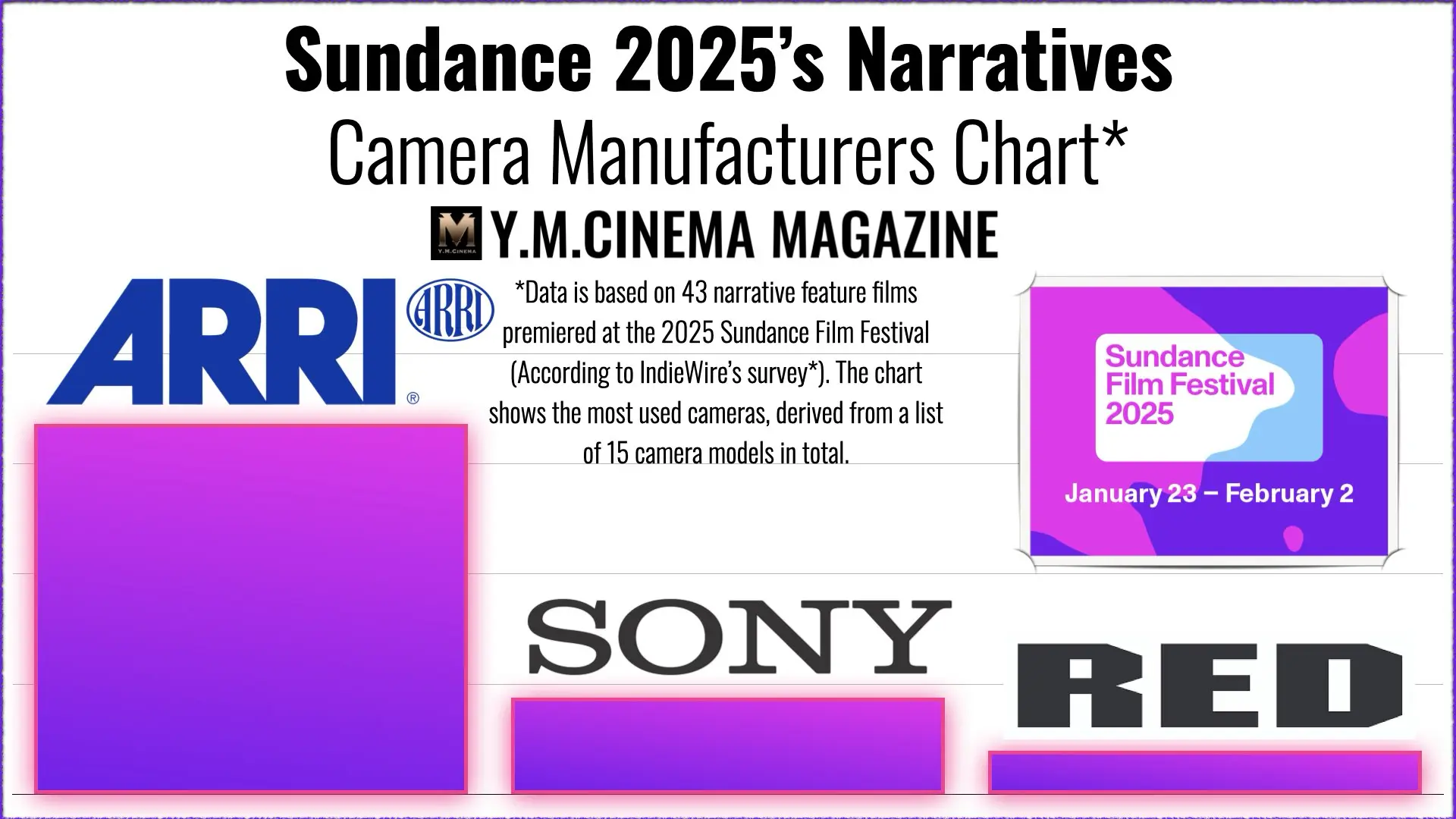
My Own Experience: Rejected for Using a Canon 7D
Years ago, I submitted a short film to Sundance, shot on my Canon 7D. Like many aspiring indie filmmakers, I believed the festival was about storytelling over technology. My film was rejected. Later, I learned that the accepted projects were predominantly shot on ARRI ALEXA and RED cameras, gear that was far beyond my budget. That was disheartening, but in 2025, the situation has only worsened. The industry now demands an even more expensive standard, further alienating those without deep pockets.
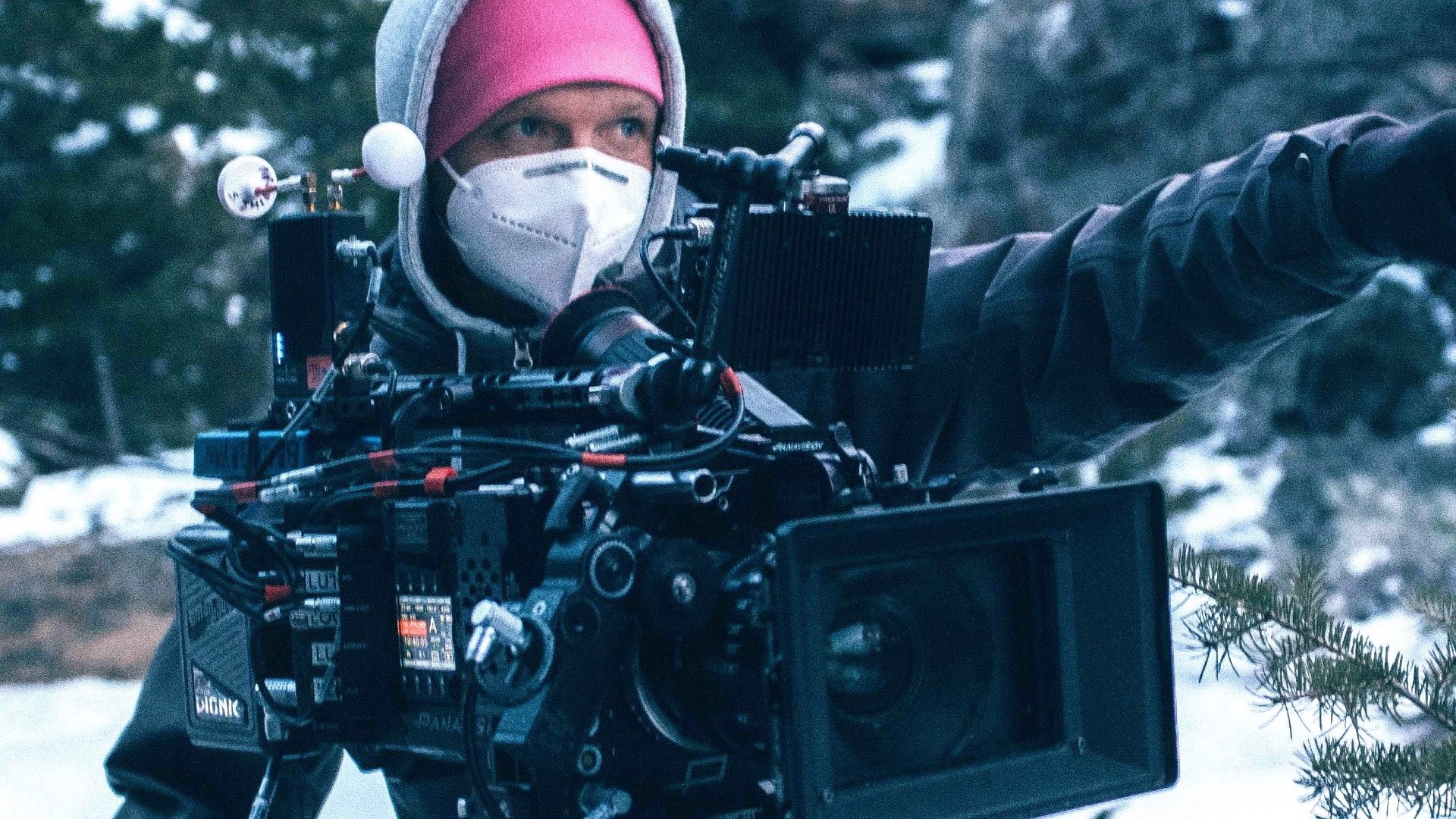
If you want your film to be taken seriously at Sundance in 2025, it appears you must shoot on an ARRI ALEXA 35—a camera that costs $80,000. How exactly does this fit into the narrative of “independent” filmmaking?
The Unspoken Rule: “Independent” Films Must Look Expensive
According to the research we conducted, the most commonly used camera at Sundance 2025 is the ARRI ALEXA 35, followed by other high-end models such as the RED V-RAPTOR and Sony VENICE. These are industry-leading cinema cameras used in Hollywood blockbusters. If this is the entry-level requirement, how can we still call Sundance a festival for indie creators? For young and aspiring filmmakers, this sets an unfair standard: if you don’t have access to top-tier gear, your film isn’t “good enough.” The emphasis has shifted from storytelling to production value, reinforcing an elitist barrier to entry.
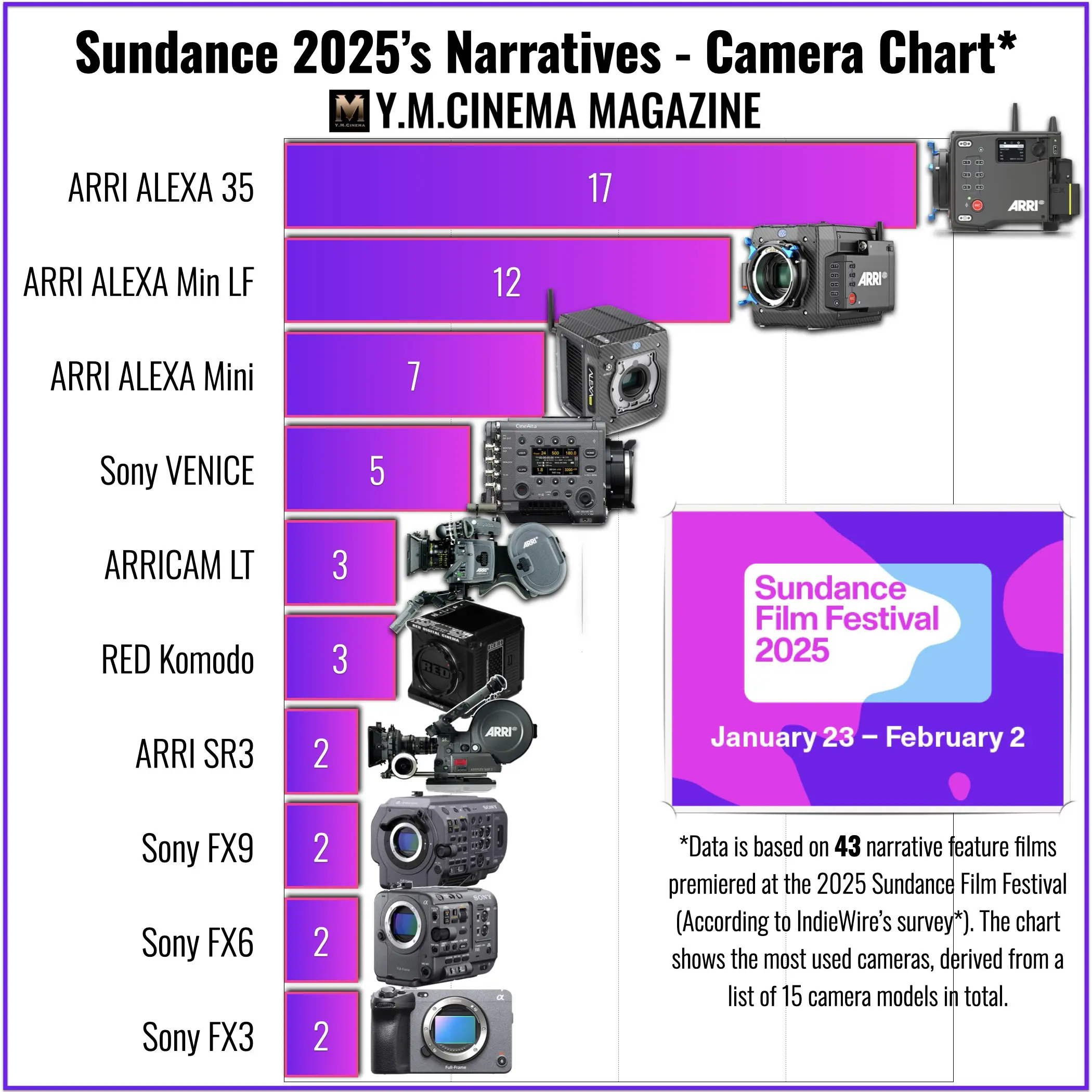
The Sundance Institute Must Rethink Its Selection Process
It’s time for Sundance to return to its roots. The festival was founded to elevate independent voices, not to act as an exclusive club for those with access to Hollywood-grade equipment. If Sundance truly wants to support indie filmmaking, the selection process must shift focus away from technical perfection and back to creativity and storytelling.
This is a call for action to the Sundance Institute:
- Introduce an “Equipment-Blind” Selection Process – Judges should not be influenced by the type of camera used but rather evaluate films based on storytelling, direction, and vision.
- Create a “No-Budget” Film Category – This would level the playing field, ensuring that those who shot on consumer or prosumer cameras have an equal chance.
- Publicly Acknowledge the Bias Toward High-End Gear – Sundance needs to recognize and address this growing issue if it wants to maintain its credibility among truly independent filmmakers.
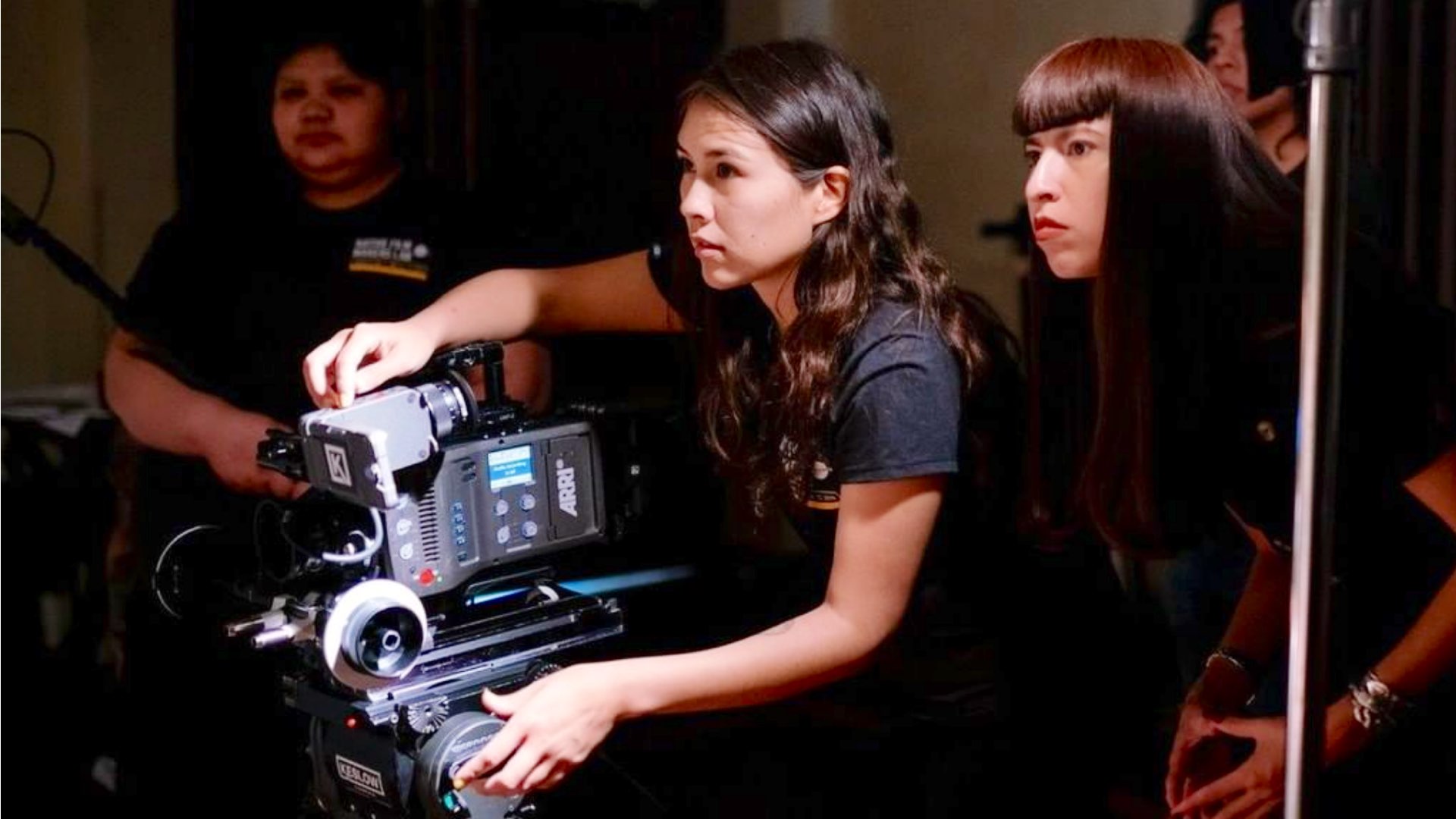
Sundance must decide what it wants to be: a champion of true independent cinema or a Hollywood-lite showcase for those who can afford it. If the festival continues this trajectory, it risks becoming irrelevant to the very filmmakers it was designed to uplift.
The Future of Indie Film: Does Sundance Still Matter?
With the democratization of filmmaking tools, stunning visuals are no longer exclusive to big-budget productions. Cameras like the Blackmagic Pocket Cinema Camera, Sony FX3, and even iPhones can produce incredible results. Festivals like SXSW, Raindance, and Slamdance have been more welcoming to films shot on these accessible tools. Sundance must decide what it wants to be: a champion of true independent cinema or a Hollywood-lite showcase for those who can afford it. If the festival continues this trajectory, it risks becoming irrelevant to the very filmmakers it was designed to uplift. It’s time for Sundance to open its doors to all filmmakers, regardless of their budget or gear. True indie filmmaking isn’t about how much you spend—it’s about how well you tell your story. Sundance, are you listening?

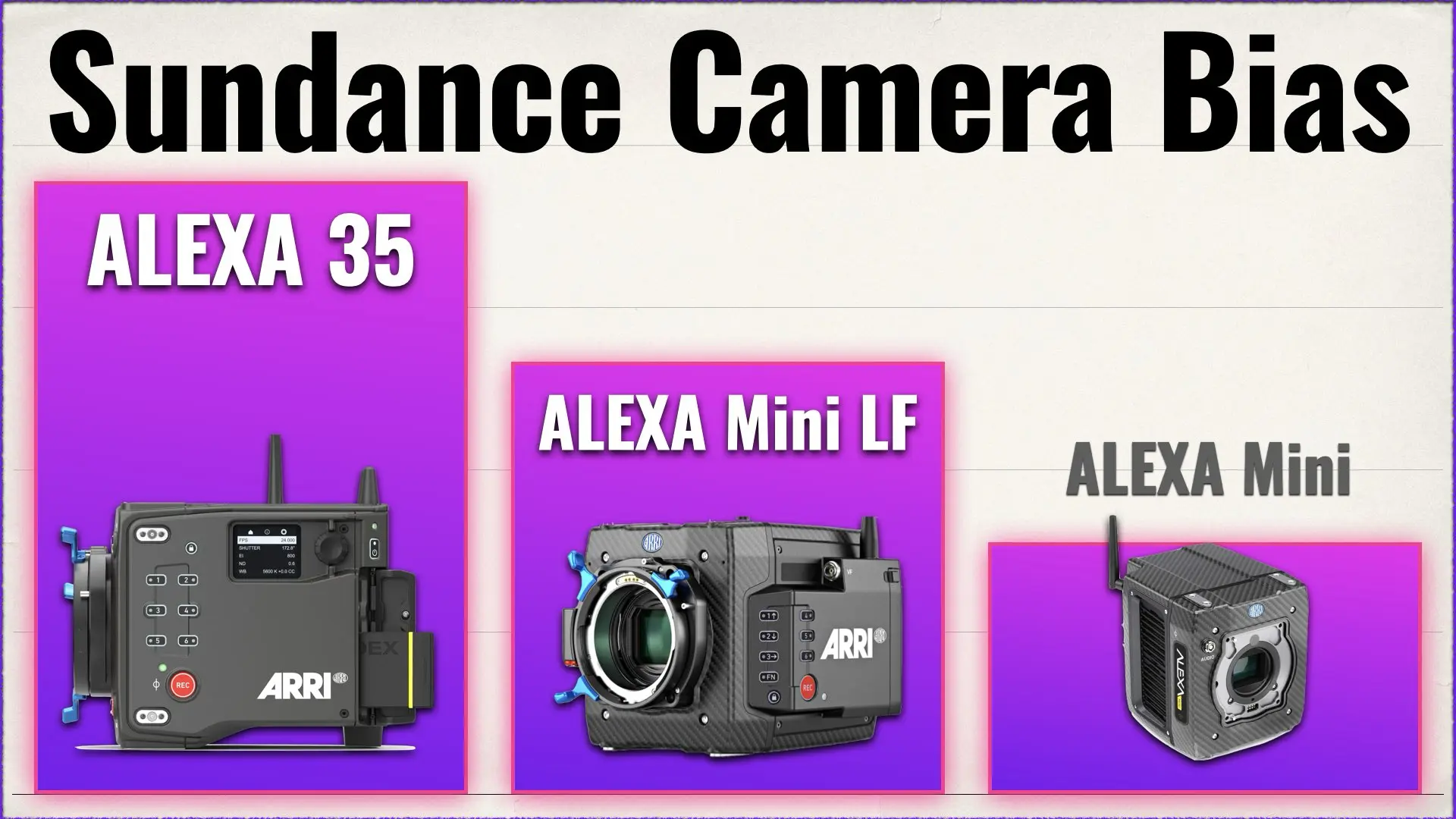
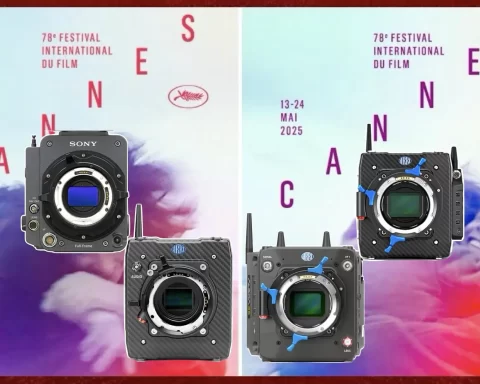
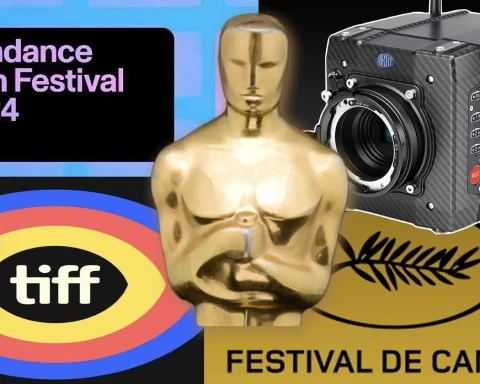

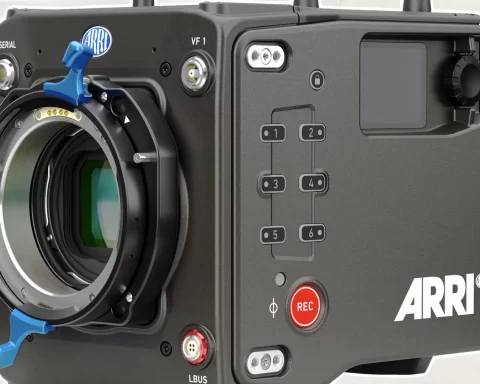
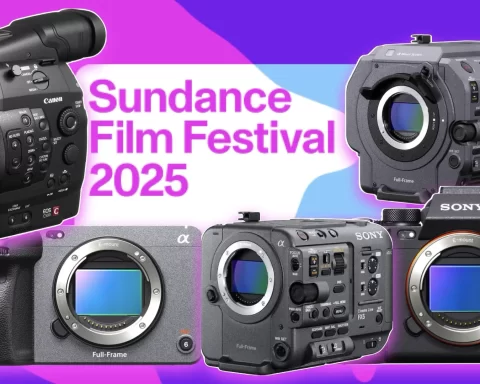
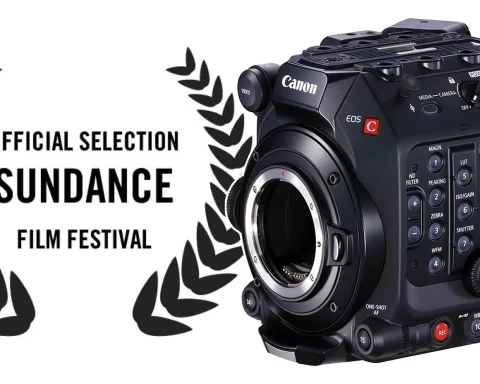
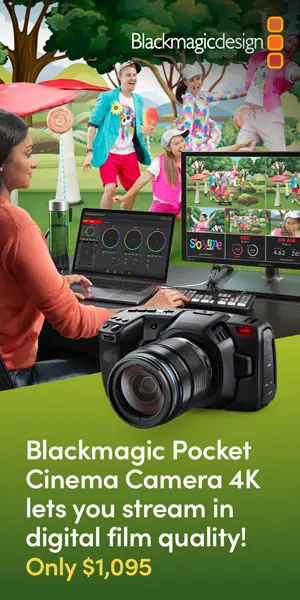
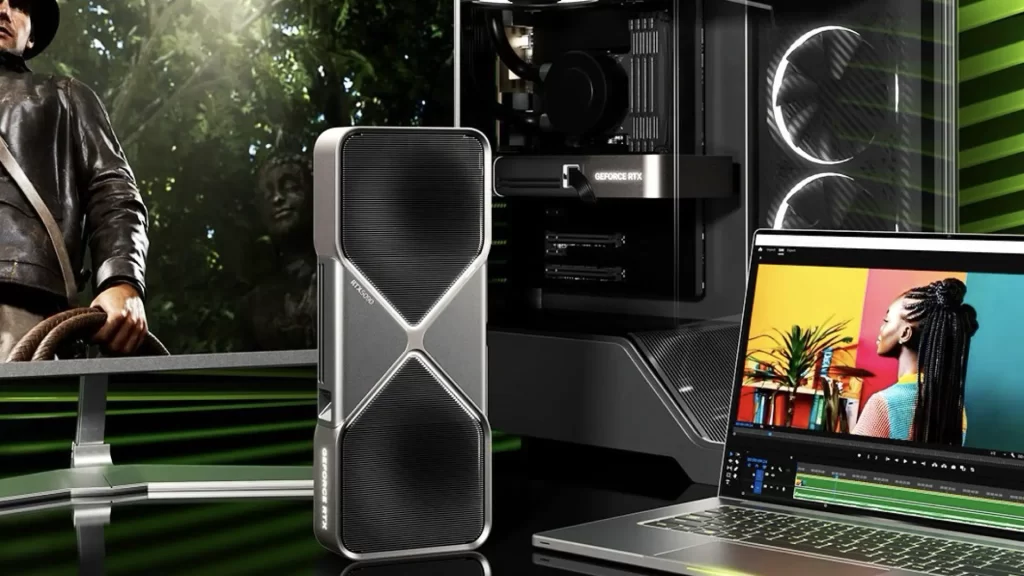
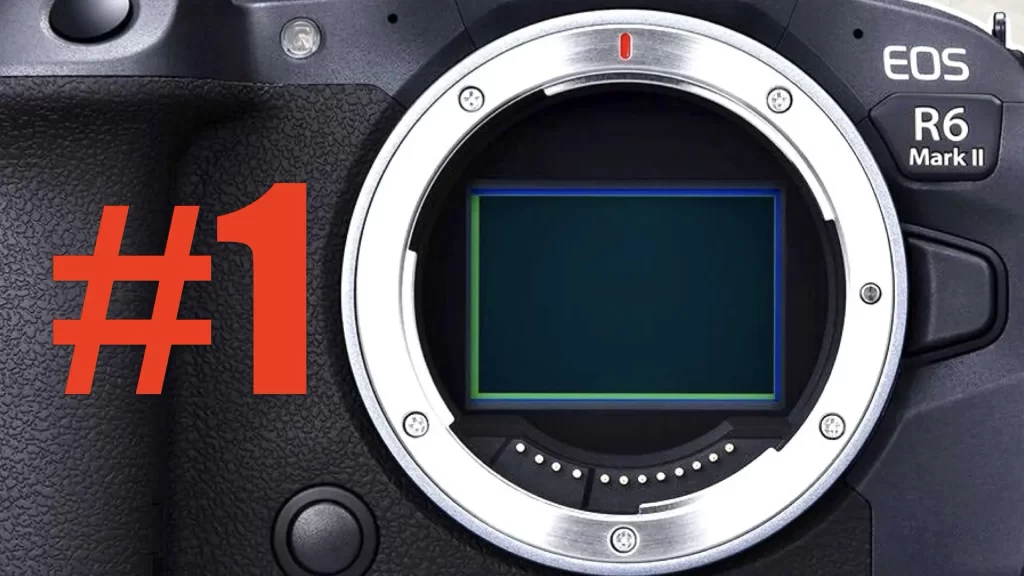
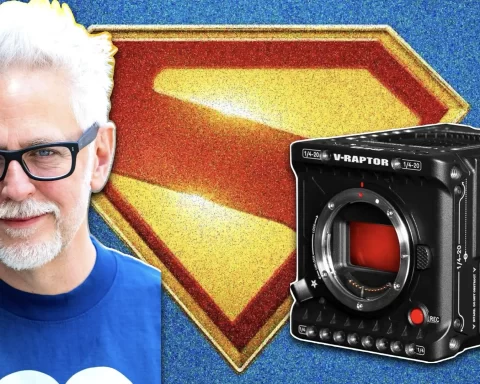

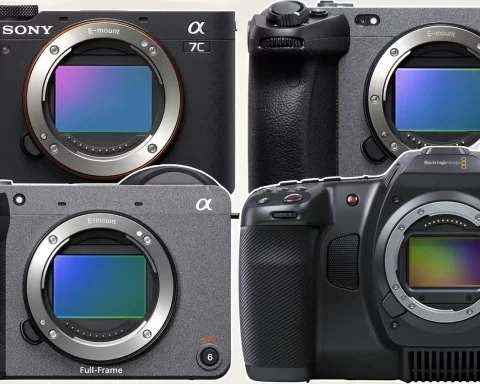
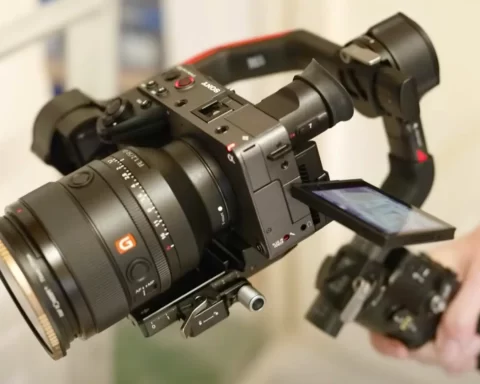
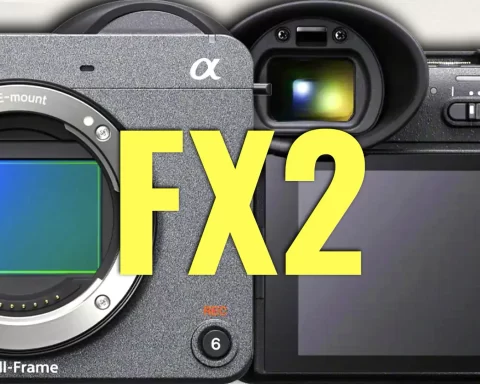
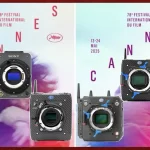

The ALEXA 35 is now available in a base model that starts around $50,000.
That’s still far from being a camera for indie projects.
I totally agree.
I sincerly doubt that your movie was rejcted because of the camera you used…
That would be only one example. But have a look at the statistics. The graph says it all.
This article is BS. Shooting on any of these cameras is far cheaper than shooting on either 16mm or 35mm film, which back in the day, you HAD to do. There’s really no difference between what “Hollywood” shoots on and what is available to indie filmmakers at practically any budget. If you can wrangle $50K for your whole budget, you are well within the price range of an Alexa Mini or Venice for your feature film shoot. Sundance doesn’t prefer more expensive cameras. FILMMAKERS prefer more expensive cameras because they allow you to access a more traditional visual language that appeals to them.
Nonsense. The rules are stated clearly, and there is in fact not a single word about technical specs at all, except what you can‘t do (e.g. DVDs and Blu-Rays are not accepted anymore).
The statistics are representative of the short-list. Well, maybe a majority of applications at Sundance are shot on these cameras ?
Talking of costs: Last I time I checked, shooting on 35 is not cheap either, nowhere.
YM-Cinema is getting off-track more and more.
I agree. This is getting more and more in the weeds.
What’s about Fx3/Fx6/Fx9 and Komodo in your list? They all cheap cameras any working Dop could afford .